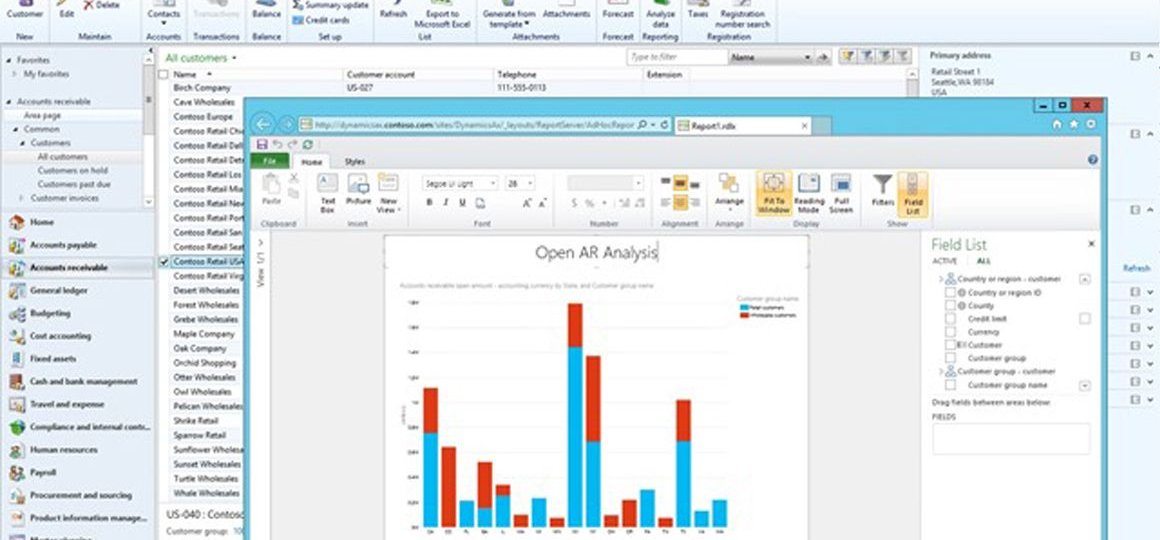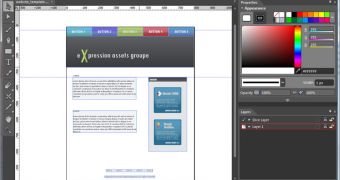

- #Microsoft system image tools install
- #Microsoft system image tools full
- #Microsoft system image tools software
- #Microsoft system image tools trial
- #Microsoft system image tools license
The default install experience is to have a CORE install (i.e.

You have a Server that is running Hyper-V and you can make a new Windows Server 2019 VM using the install media (ISO file) for Windows Server 2019. Management wise – the deployed image is compatible with Azure Bastion, Just-In-Time remote access, Remote PowerShell or PowerShell commands via the Azure Portal.īuild a Hyper-V VM image of Windows Server 2019 with a Core interface.

#Microsoft system image tools trial
Little did I know that the info I needed was spread across three different official docs as well as some good old trial and error. I thought this was going to be a simple process that was documented in a single doc.
#Microsoft system image tools software
Specific additional software or custom settings you want to bake in as a starting point because its very complex and cant be automated in your timeframe OR its so old it can't be automated at deploy time.That's the checkbox at the end of deploy (via portal) or a setting you can programmatically throw based on your automation tool of choice.Īnd when would it make MORE sense to use Custom image
#Microsoft system image tools license
You can pay for the license as you need OR you could save money with running your own licenses from on-prem, provided you have Hybrid Use Rights (I-am-not-a-licensing-specialist-check-with-your-local-expert:rolling_on_the_floor_laughing:).All the Azure bits and magic sauce configurations are already in place - you don't need to tweak them for optimal performance and security.Why? We can catch bad images before widespread use! Marketplace images of Windows Server are refreshed / updated on a monthly basis and are rolled out in stages through our private canary regions before scaling out to public azure in a phased approach.

Why SHOULD you use an image in Marketplace over a Custom image. I thought it would be a good subtext storyline starting the blog post instead of just a click-walk-through on the actual meat of the article with is about making a Custom Image and bringing it to Azure. Brings up a good discussion point: I was working on old info from my days in the Azure Compute group where I worked next to the team who built and published images for Windows Server. Shout out to ALL the MVPs (and other friends) who pointed out my statement about "Core images not being available in Azure Marketplace" being incorrect and keeping me honest. I always found it strange you didn't have an option to deploy a Core server deployment of Windows Server from Azure Marketplace.
#Microsoft system image tools full
I figured I would make a new Windows Server 2019 CORE image (default deployment option) instead of a full desktop. Since this involves making an on-prem virtual machine first and then preparing it to upload into Azure – I figured I would make a new Windows Server 2019 CORE image (default deployment option) instead of a full desktop. I was asked to make up a short demo video about creating a custom image for deployment in Microsoft Azure the other week to support some new content going into Microsoft Learn.


 0 kommentar(er)
0 kommentar(er)
